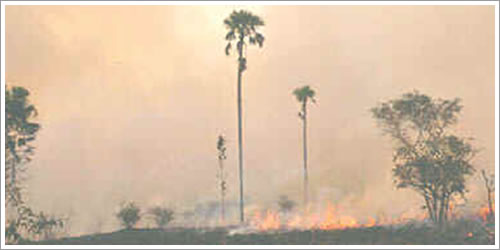
Fig 1.1.6.2.1: Clearing savanna in Africa by burning.
Image: Global Fire Monitoring Center
The burning of biomass takes a number of different forms:
- The use of biomass such as wood and dung as heating and cooking fuel.
- Deliberate burning of forests and grasslands to clear land for settlement and agriculture. It is estimated that about 80 percent of forest burning results in permanent deforestation, allowing the land to be used for some other use, such as grazing, agriculture or buildings. The remaining 20 percent of cleared forests are regrown.
- Deliberate burning of crops as part of an agricultural cycle that clears the remains of a crop and destroys pests.
- Unintentional biomass fires started by natural causes such as lightning and by accidental causes.
Estimates indicate that humans are responsible for about 90% of biomass burning with only a small percentage of natural fires contributing to the total amount of vegetation burned.

Fig 1.1.6.2.2: Forest fire observed from an aircraft.
Image: NASA Earth Observatory